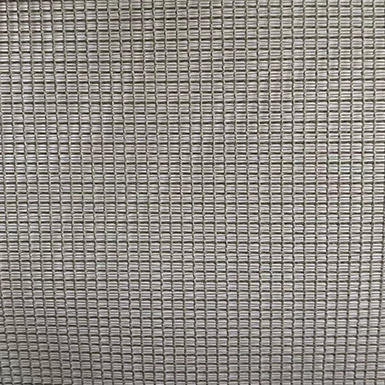Screen printing is a popular form of printmaking, used for everything from T-shirts to car wraps. The process involves creating a stencil of a design on a mesh screen, coating that mesh with a light-reactive emulsion, and then applying the image to a garment. Once the image has been transferred to the garment, it is cured and then washed away, leaving behind the screened area that will serve as the stencil.
The screen mesh is essential to the success of your designs, and there are many different kinds of mesh available in a variety of counts. While many people choose the mesh count based on how much detail is in their artwork, there are other factors that need to be taken into account when choosing the right screen for the job.
First, consider what inks you are going to be using. The viscosity of the ink will have a large impact on what mesh count you need to use. White plastisol ink, for example, is very thick and needs a mesh count with a lot of openings to allow the ink to pass through easily. Conversely, black water based ink is extremely thin and will need a very fine mesh to keep the ink from bleeding through the screen.
It's also important to know the difference between un-dyed and dyed mesh. Un-dyed polyester mesh reflects and scatters light during the exposure process, which can cause dot gain or loss and poor edge definition on images with higher halftone line counts and finer details. Yellow dyed polyester, on the other hand, absorbs the light and prevents light scattering during the exposure process.
In addition to picking the right mesh count, it's also important to keep your screens clean. It's recommended that you de-haze and degrease your screens prior to each print run. This helps to remove ghost images from previous jobs and ink stains that may have built up on the mesh. It's also a good idea to de-haze and degrease the mesh after every time it is reclaimed, which can be as often as every two or three jobs.
Lastly, it's vital to use the highest quality mesh you can afford. Using low-quality mesh will result in inconsistent prints and waste money. It's important to read the mesh count per inch and the mesh diameter measurements on each roll of screen. Typically, the numbers are written in a combination of letters and numbers like "20/T" or "230/SS." The letter measurements refer to the type of weave on the mesh, with SS being plain and T being twill.


.png)
 English
English 中文简体
中文简体















